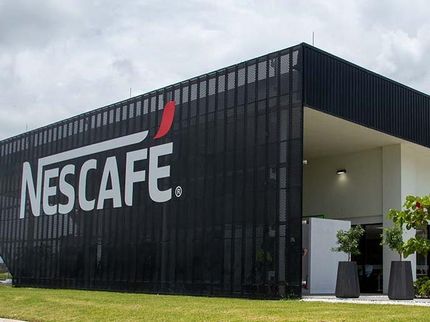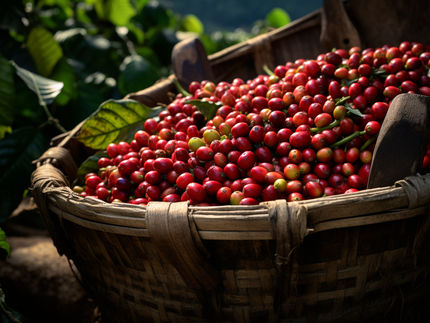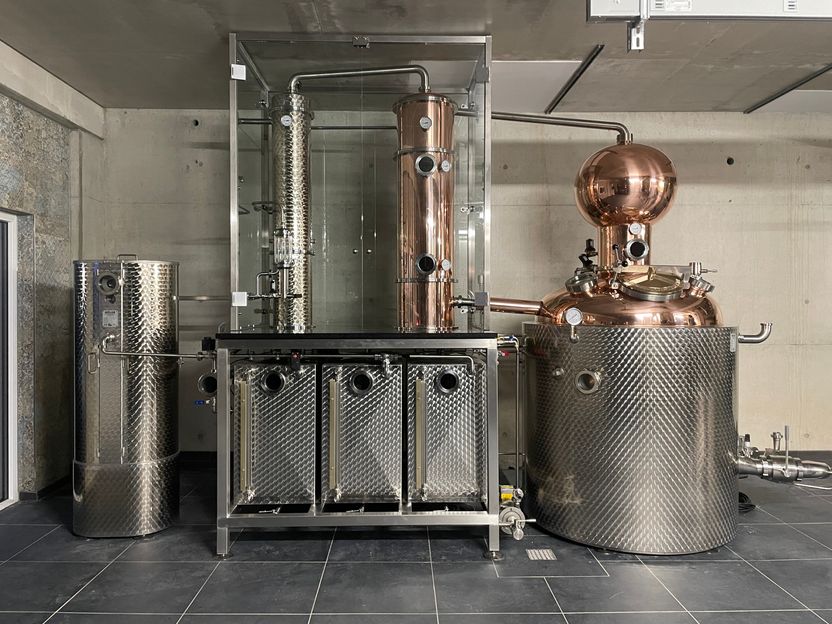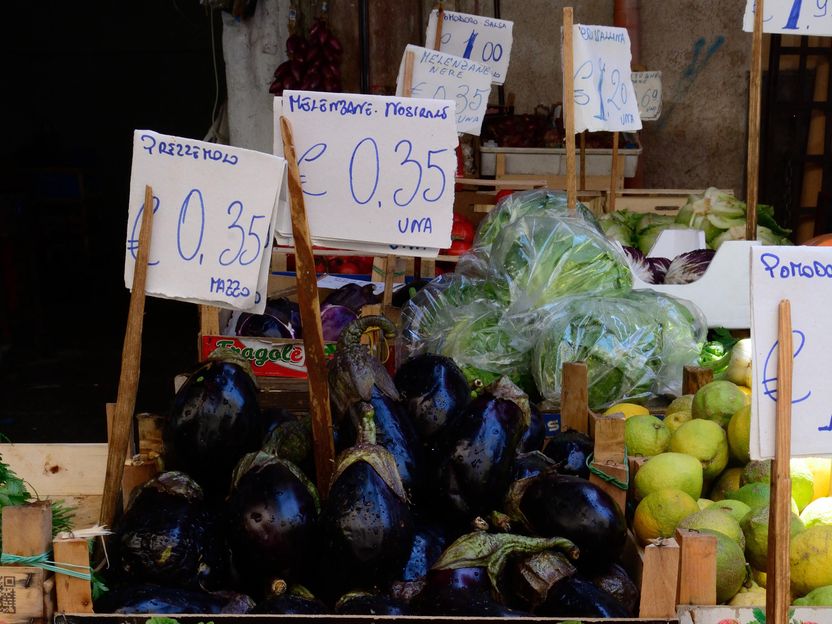A paper cup has the lowest carbon footprint
Life-cycle study
Huhtamaki participated in a life-cycle analysis study that surveyed the full carbon footprint of different types of cups used for coffee. According to the study, paper cups often have the lowest carbon footprint, and recycling lowers it further by 54%. Huhtamaki recently introduced a 100% renewable, plant polyethylene coated FutureSmart paper cup.

Photo by Adnan Ahmed on Unsplash
This life-cycle analysis (LCA) on paper cups was carried out in 2018-2019 by VTT Technical Research Centre of Finland Ltd. It was commissioned by Huhtamaki and the Finnish paperboard manufacturer Stora Enso.
"In many everyday uses, paper cups have the lowest carbon footprint, and they offer better food safety - they are always hygienic. Overall, the carbon footprint of a paper cup is small compared to the food itself. For example, for a take-away latte, paper cup accounts only for 4% of the climate impact. The remaining 96 % is coffee and milk production and the energy of making the drink", says Richard Ali, Sustainability Director for Huhtamaki Foodservice Europe-Asia-Oceania. "
The study focused on two main scenarios: paper cups used either in a café or taken as a coffee-to-go. In the café scenario paper cups were compared to ceramic cups, and in the coffee-to-go scenario paper cups were compared to cups made of reusable plastic and steel.
Dishwashing causes the biggest climate impact of ceramic cup
The efficiency of washing is the major factor affecting the climate impact of ceramic cups, as it accounts for more than 90% of the total climate impact. Counting together the impacts of raw materials, production and efficient washing of the cup, a ceramic cup needs to be used at least 350 times before it has a smaller carbon footprint than a paper cup.
If the paper cup is recycled, or if 80% of the material will be recycled after use, paper cups are always the better option from a climate change point of view.
In addition, the efficiency or inefficiency of washing a ceramic cup is not only a matter of climate impact but an overall food safety and hygiene concern. Paper cups are always hygienic and safe to use.
Reusable plastic cups in take-away use
In the coffee-to-go scenario, the paper cups were studied with a plastic lid which secures the drink and prevents accidents. The study shows that a reusable plastic cup should be used at least 20 times to have a smaller climate impact than a paper cup.
If the paper cup is recycled after use and/or it is made with a plant polyethylene (PE) coating, the breakeven point increases to 32-36 times.
Recycling and new materials lower the carbon footprint
The end-of-life solution has a major impact on the CO2 emissions of paper cups. When the PE coated cups are 100% recycled the carbon footprint of cups can be reduced by 54%. In Europe, the average recycling rate is 36%. The good quality fiber in paper cups can be recycled up to 7 times.
Huhtamaki is also developing new solutions for cups to further reduce the climate impact of cups.
"At Huhtamaki we are passionate about the sustainability of our products. We have brought to market the new FutureSmart paper cup, which is made from fully plant-based materials. The paperboard is sourced from PEFC certified, sustainably managed forests, and the inside lining of the cup is made of plant-based PE. The paper cup is 100% renewable. According to the study, this type of a plant PE coated paper cup is the best performing paper cup option in terms of climate change impact, " Ali tells.
For more details, please download "Taking a closer look at paper cups for coffee" Life Cycle Analysis.
The study follows European Commission's product environmental footprint (PEF) category rules for intermediate paper products. Cut off was the chosen allocation method but circular footprint formula (CFF) used to assess the impact of recycling rate.
Other news from the department business & finance
Most read news
More news from our other portals
See the theme worlds for related content
Topic world Food safety
Food safety is at the heart of the food and beverage industry. It ensures that the food we eat every day is not only nutritious, but also free of harmful contaminants. From field to plate, the industry monitors and regulates every step of the process with strict quality controls, advanced testing methods and continuous research.
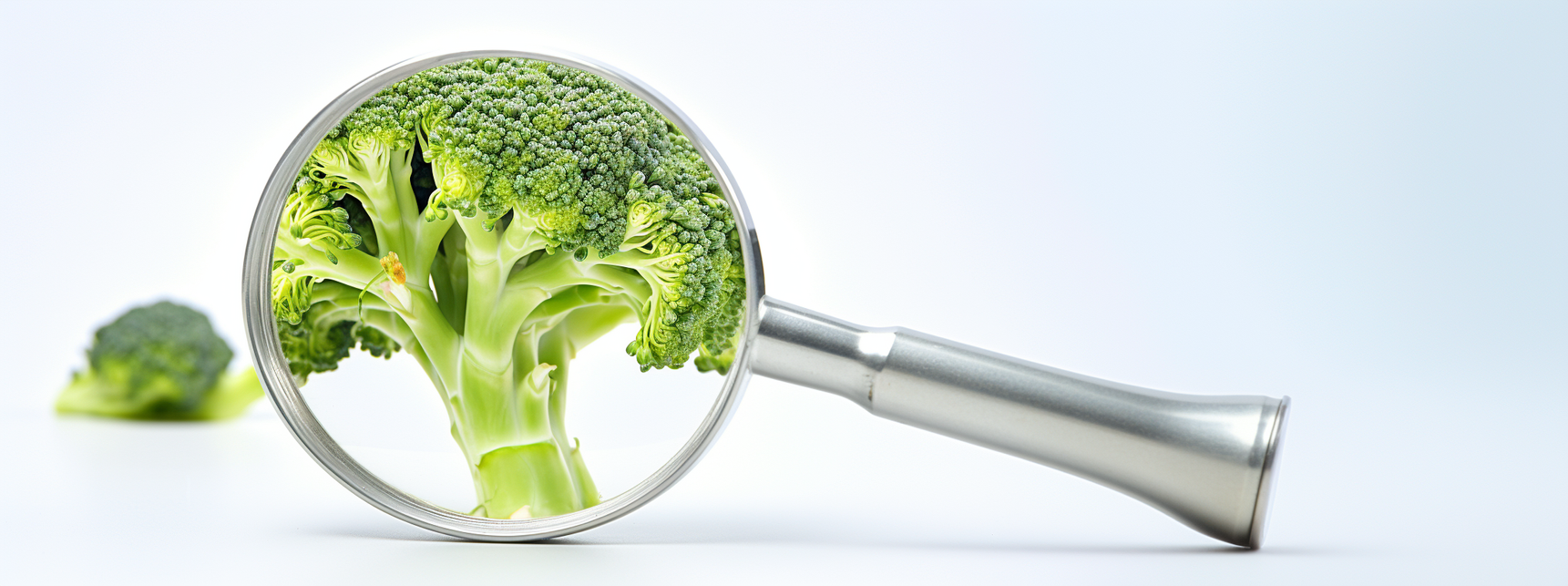
Topic world Food safety
Food safety is at the heart of the food and beverage industry. It ensures that the food we eat every day is not only nutritious, but also free of harmful contaminants. From field to plate, the industry monitors and regulates every step of the process with strict quality controls, advanced testing methods and continuous research.
